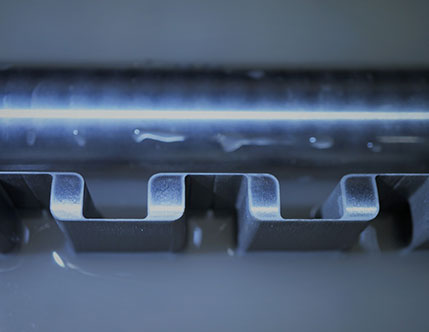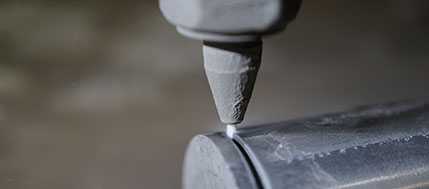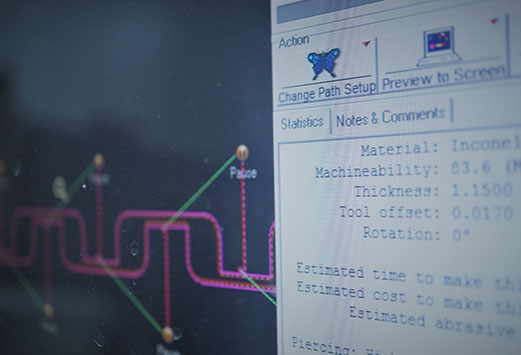Even the most unique & difficult materials to process can be waterjet cut.
Materials that are thick or thin, hardened or soft, stressed, or malleable, coated or bare, reflective, treated, laminated, brittle, organic, or synthetic, conductive or non-conductive, heat resistive or heat sensitive are all perfect candidates for abrasive waterjet cutting.
From composites to acrylics, ceramics to metals, foams, rubbers, honeycombs, glass to fiberglass, granite, cement, marble, tile and wood. Even exotics are easy such as; G10, Kevlar, Carbon Fiber, Mylar, Plastics, Polyethylene, Polyimide, and Niobium and more.
Each material type has its own characteristics and must be handled in its own unique way. MILCO has perfected these adjustments and modifications. With our numerous years of waterjet experience MILCO has the expertise you require for your order.



